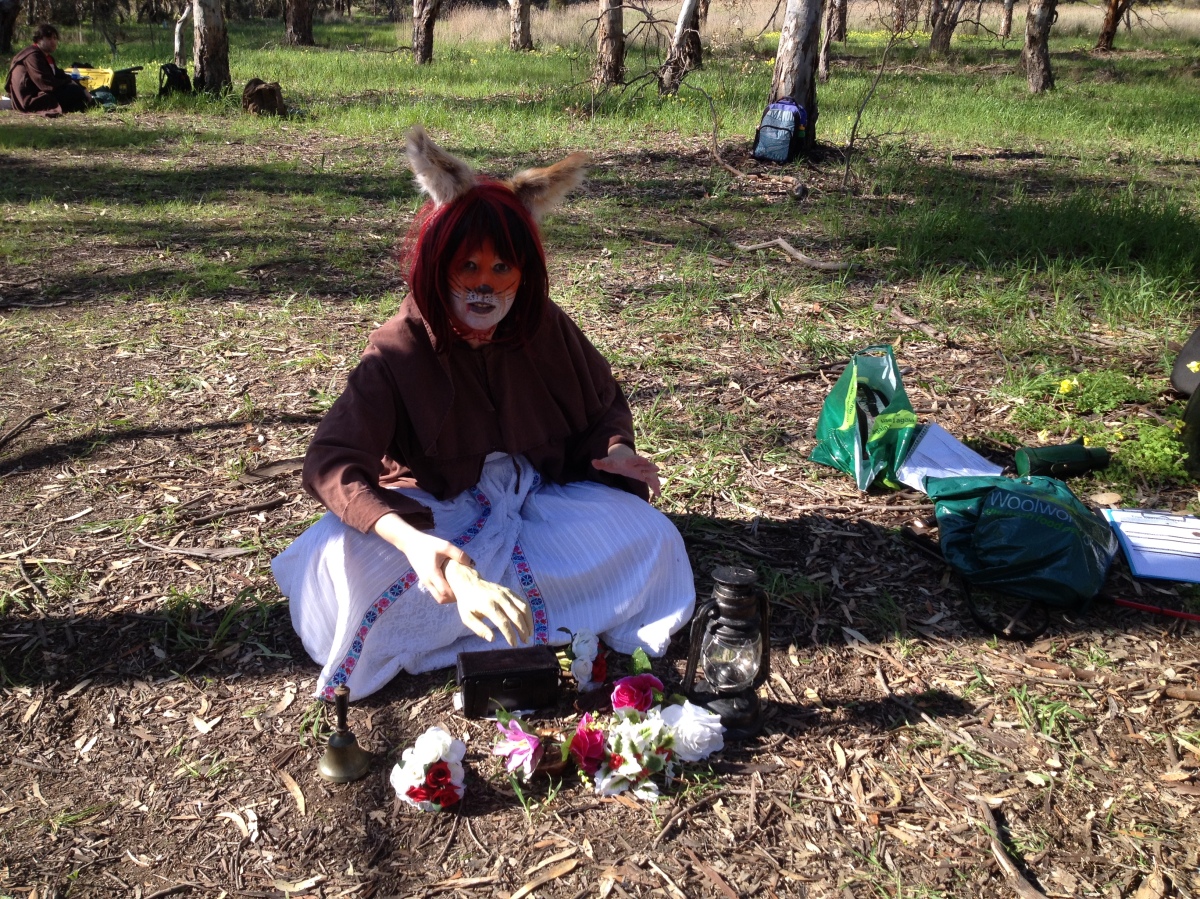1. If you’re feeling a little shy, perhaps you could arrange to meet a few players outside of the game first so you have some familiar faces. ARC Inc. runs a number of social events, many of which are open to the public, which could provide a great way to introduce yourself. We also have a forum and several Facebook groups that would give you an online method of saying hello.
2. Contact the Game Master *BEFORE* you attend the game to let them know you’re coming. Typically you can find the contact details on the LARP organisation’s web-page or message them on Facebook.
3. Let the Game Master know if you have any previous experience in roleplaying and what sort of games you have played before. This will help them give you the right amount of advice tailored to your needs.
Continue reading “Top 21 Tips for Joining a new LARP”


